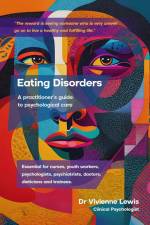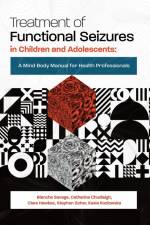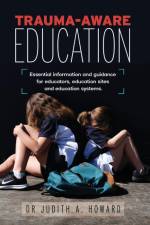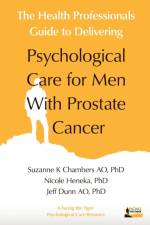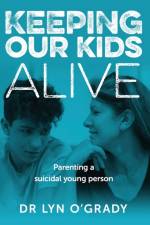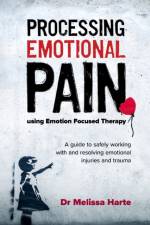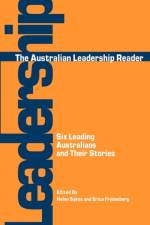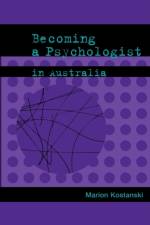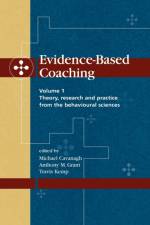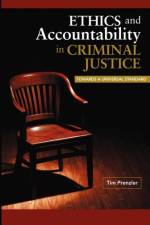av Blanche Savage
679,-
This treatment manual stems from a program developed by the mind-body team at The Children's Hospital at Westmead, a tertiary care paediatric hospital in New South Wales, Australia. The team's Mind-Body Program, organised as part of a consultation-liaison psychiatry service within the Department of Psychological Medicine, works with young people who present with functional somatic symptoms, including functional seizures. Also known as psychogenic non-epileptic seizures, stress seizures, or dissociative seizures, functional seizures are a subtype of functional neurological disorder. They are sudden, time-limited episodes of neural (brain) network dysregulation. Functional seizures can occur in young people who experience serious distress or high arousal, causing the neural pathways that support normal motor, sensory, interoceptive, emotional, and cognitive function to move into a state of overdrive. During a functional seizure, the young person typically experiences a loss of voluntary control of motor function, including shaking, jerking, twitching, loss of movement, or falling down (syncope/fainting-like episodes). The young person can also experience a change in consciousness - or even loss of consciousness - including zoning out, cognitive clouding, feeling weird or disconnected, or being unresponsive. This manual describes treatment interventions for functional seizures developed over the last 20 years through clinical trial and error, by translating research findings into clinical practice, and by evaluating treatment interventions through prospective cohort studies. It provides general guidelines, methods, and insights for clinicians as they approach the care of each individual patient. The goal of treatment is for young people to return to good health and to normal functioning and wellbeing.Therapists and other clinicians will need to adapt the ideas presented in this manual to their own specific clinical contexts - public or private; inpatient, day program, or outpatient; team-based or solo practitioner working alongside other professionals in the community - and also to the particular needs of the young people and families that they see. The manual is intended as a general template to be flexibly implemented, taking into account not just the needs of patients and families but the particular capacities and skills of the therapists and other clinicians providing the treatment.

